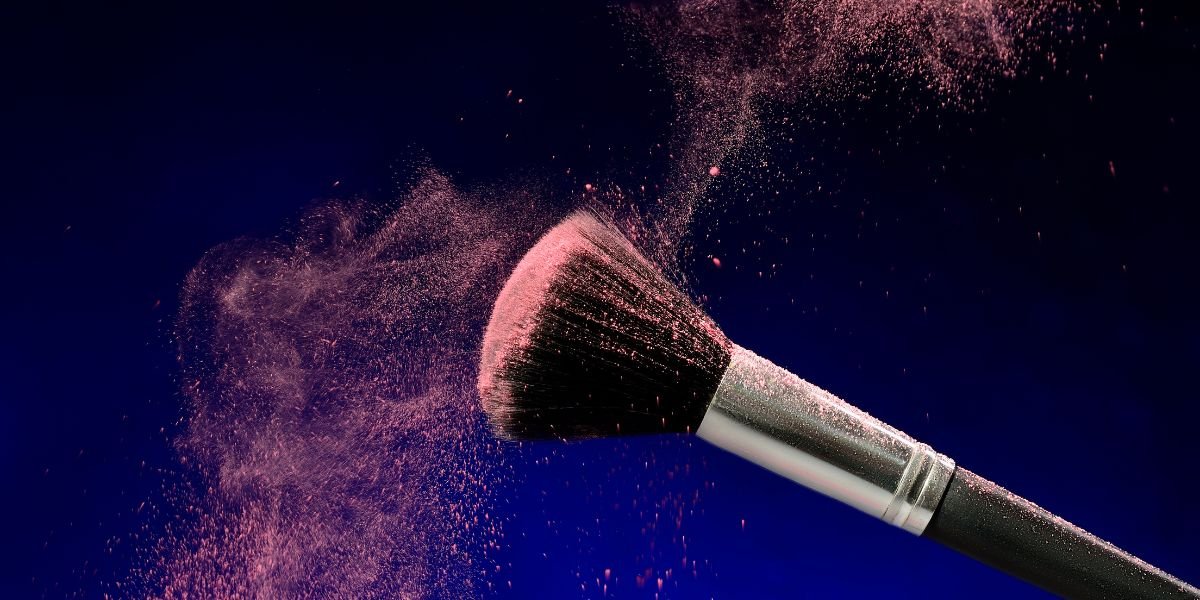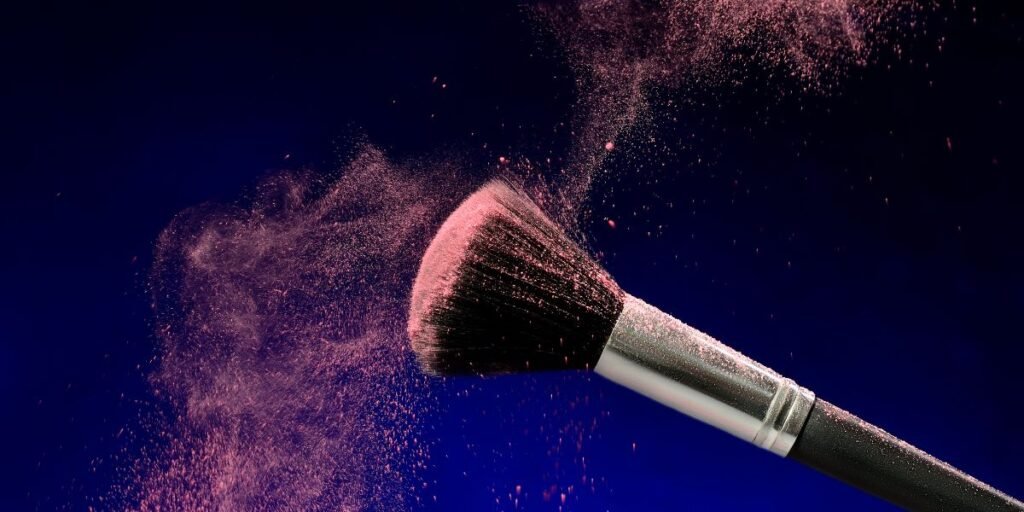How Do You Choose the Right Makeup Brush for Each Product?


When applying makeup, selecting the appropriate brush for each product can make all the difference in achieving a flawless look. The right brush can enhance the application, while the wrong one might hinder it. Understanding which brush to use with which product is crucial for a seamless makeup routine. So, how do you ensure you're choosing the right brush for each product? Let's explore the key considerations to help you navigate the world of makeup brushes and elevate your makeup game.
Importance of Choosing the Right Brush
Choosing the right makeup brush is crucial for achieving flawless application and a professional finish. The type of brush you use can significantly impact the outcome of your makeup look. Using the correct brush ensures that the product is applied evenly and precisely, enhancing the overall appearance. A high-quality brush can make even inexpensive makeup products appear more refined.
When selecting a brush, consider the bristle type and shape that best suits your needs. Different brushes are designed for specific purposes, such as blending, contouring, or applying eyeshadow. Using the wrong brush can lead to streaky foundation, uneven blending, or patchy eyeshadow application. Investing in a set of good quality brushes that cater to your makeup routine can elevate your skills and make the application process more enjoyable.
Types of Makeup Brushes
Understanding the variety of makeup brushes available is essential for achieving different makeup looks with precision and ease. There are several types of makeup brushes designed for specific purposes.
Foundation brushes, typically flat and dense, help you apply liquid or cream foundation evenly. For precise application of concealer or lipstick, opt for a small, pointed brush. Blending brushes, with fluffy bristles, are perfect for blending eyeshadows seamlessly. Angled brushes are great for creating sharp lines or filling in brows.
A fan brush is ideal for applying highlighter or sweeping away excess powder. Kabuki brushes, with their dense and rounded shape, are excellent for applying powder products. For a flawless finish, a stippling brush can help you achieve an airbrushed look with liquid or cream products.
Knowing the different types of makeup brushes and their functions will enable you to enhance your makeup application skills and achieve professional results.
Matching Brushes With Products
To achieve optimal results with your makeup application, it's crucial to match the right brushes with the specific products you're using. Different makeup products require different brush shapes and sizes to ensure seamless application. For example, use a flat, dense brush for liquid foundation to achieve a flawless finish and a fluffy brush for loose powder to set your makeup without looking cakey.
When it comes to eyeshadows, opt for a small, dense brush to pack color onto your lids and a fluffy blending brush to seamlessly blend different shades together. For precise eyeliner application, a thin, angled brush works best, while a spoolie brush is perfect for grooming and shaping your brows.
Tips for Proper Brush Care
Proper care for your makeup brushes is essential to maintain their quality and ensure optimal performance. To keep your brushes in top condition, follow these simple tips.
Firstly, regularly clean your brushes to prevent product buildup and bacteria growth. You can use a gentle brush cleaner or a mild shampoo to cleanse the bristles thoroughly. Remember to rinse them well and reshape the brush heads before laying them flat to dry.
Secondly, store your brushes in a dry place with good air circulation to avoid mildew and maintain their shape. Consider using brush guards or keeping them in a brush holder to protect the bristles.
Additionally, try to avoid getting water or product into the ferrule (the metal part that holds the bristles), as this can loosen the glue and cause shedding.

